Going Below Minimums
AV Web
MAY 6, 2025
Of course, AWOS is one-minute weather and when conditions are changing, the ATIS can be updated, but its unlikely to be updated often enough to match a fast-moving system. However the indicated airspeed at which you circle is not the same as the true airspeed , and of course the difference increases with altitude.

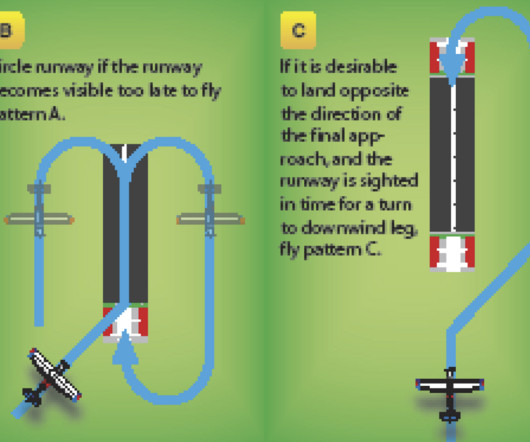




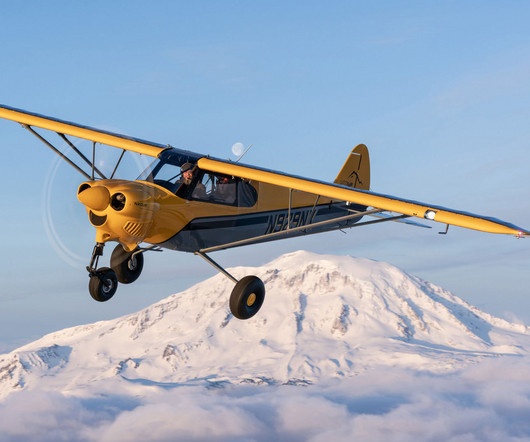
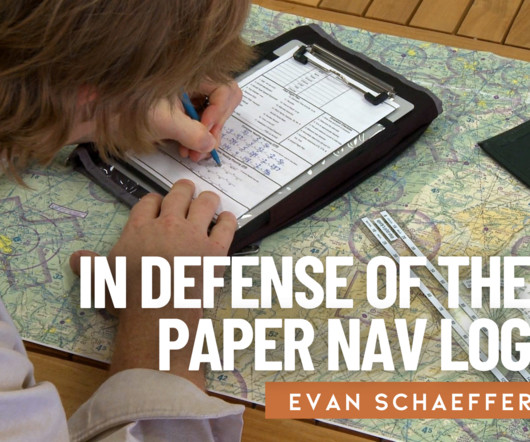
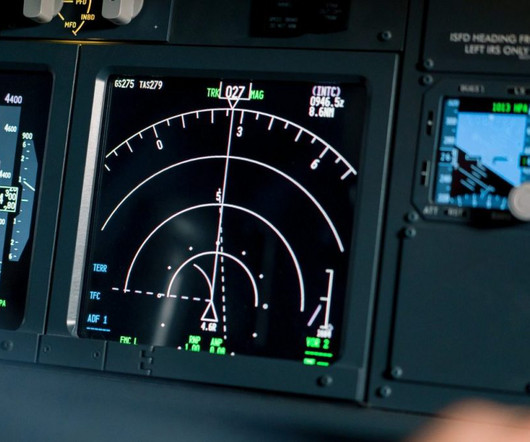

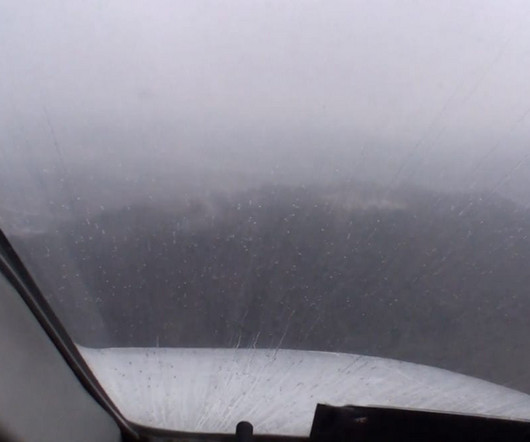











Let's personalize your content